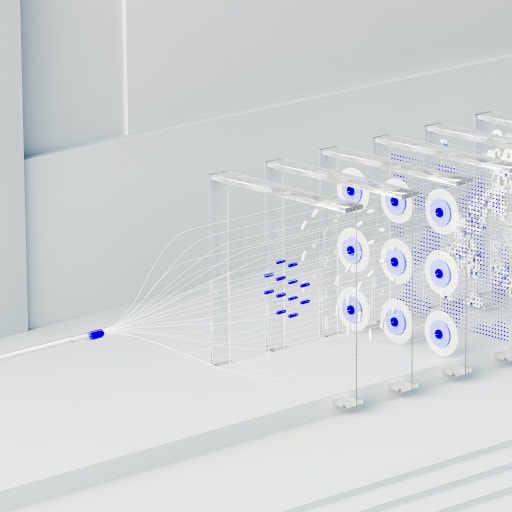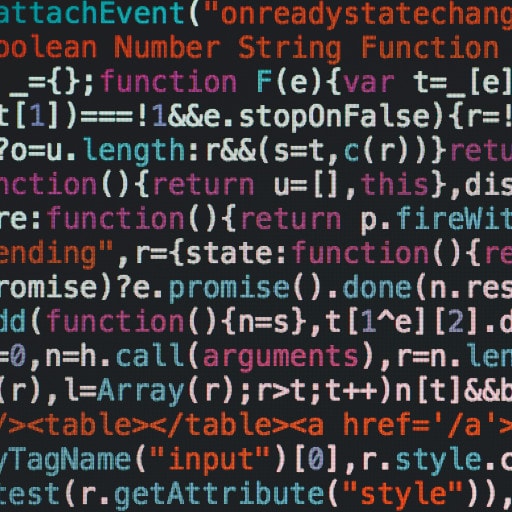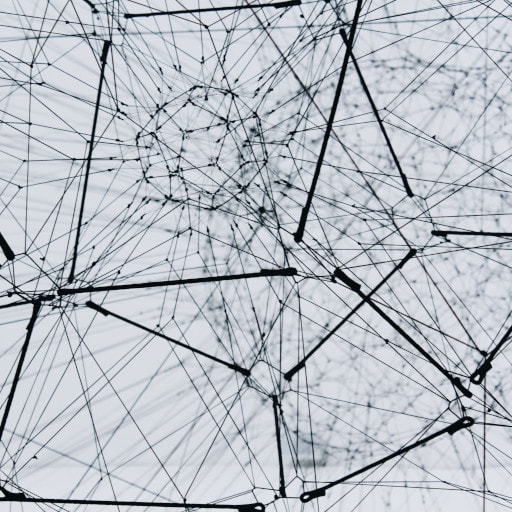Have you been hearing about “unsupervised learning” and are wondering what it is? Whether you are a budding computer scientist or a genetics researcher, you may have heard of the concept in the context of artificial intelligence (AI). Unsupervised learning is an incredibly important idea in the field of AI and other scientific applications. In this article, we’ll break down what exactly unsupervised learning is and how it can be used.
What is Unsupervised Learning?
Put simply, unsupervised learning is a type of machine learning that uses algorithms to detect patterns within a given dataset without being programmed or “taught” what to look for. It is an algorithm-based task that allows the computer to identify patterns within data without an assigned label or given rules.
How Does Unsupervised Learning Work?
Unsupervised learning utilizes a set of data that is not labeled, classified, or categorized. Using algorithms, the computer develops and monitors different clusters within the data, assessing itself and making modifications as the data changes. With unsupervised learning, the computer is extracting the main and most important points within the data, clustering, and classifying it in a way that can be used to make decisions and predictions, often times in a meaningful way.
Types of Unsupervised Learning
There are two main types of unsupervised learning. The first is clustering, in which the algorithm seeks to identify patterns, similarities, and relations within data points. The second is association, in which the algorithm discovers causal relationships between different variables.
Applications of Unsupervised Learning
Unsupervised learning is widely applied in various industries, most notably to understand consumer behavior patterns, classify video and audio data, identify documents of similar content, and generate insights from data. In addition to consumer-facing applications, unsupervised learning is also used for tasks such as medical diagnoses, email filtering, spotting fraudulent financial transactions, and recognizing objects in images.
Conclusion
In conclusion, unsupervised learning is a type of machine learning that allows computers to detect patterns within data without being programmed to do so. It is used in a wide range of applications where data has not been labeled or categorized, and has the potential to discover meaningful correlations between variables.
FAQs
What is unsupervised learning?
Unsupervised learning is a type of machine learning that uses algorithms to detect patterns within a given dataset without being trained or taught what to look for.
What types of unsupervised learning are used?
There are two main types of unsupervised learning: clustering, in which the algorithm seeks to identify patterns within data, and association, in which the algorithm detects causal relationships between variables.
What applications use unsupervised learning?
Unsupervised learning is used in various industries, such as consumer behavior, video and audio classification, document classification, medical diagnoses, email filtering, fraud detection, and image recognition.






